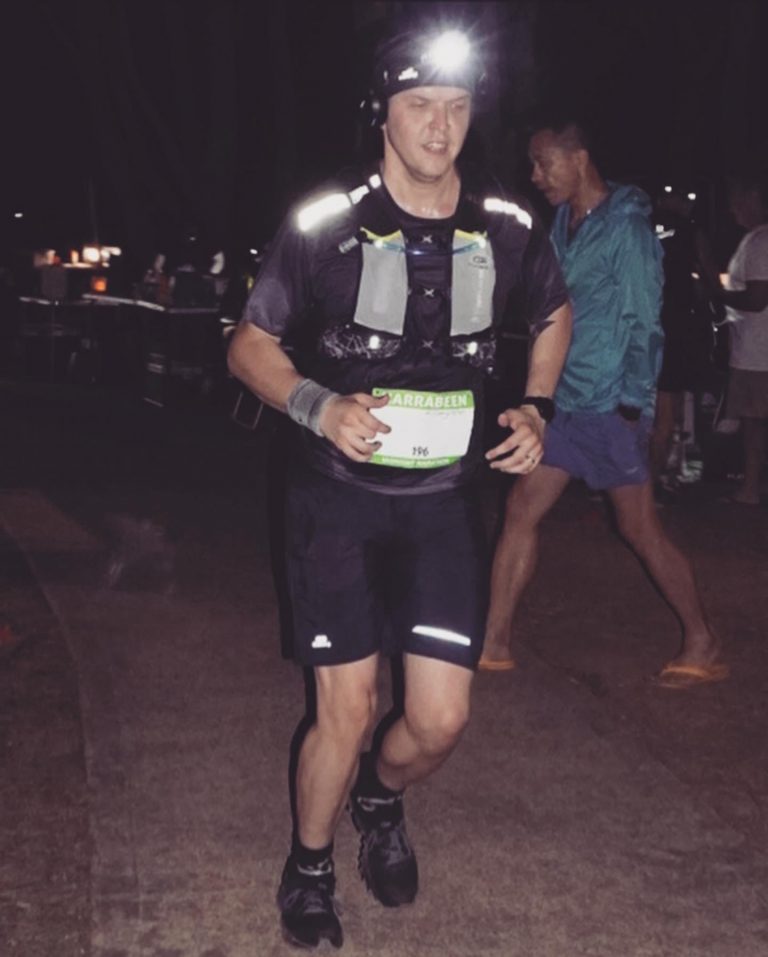One of the most common questions that runners ask themselves today is, “should my running shoes be a size bigger?”
We all know how important it is to find a pair of running shoes that fit you properly, but sometimes, the definition of a ‘proper fit’ can be quite obscure.
So, in this article, we’re going to take a look at whether or not it’s better for your running shoes to be one size larger, as well as how you can find the perfect size for your feet. Read on for more.
How Your Running Shoes Should Fit
A pair of running shoes should feel snug in the heel and midfoot while still providing enough room for your toes to wiggle around. Your foot expands both in width and length when it makes contact with the ground, which is why it’s important for shoes to have a bit of breathing room.
To accommodate this, a proper fitting running shoe should be about half a size larger than your dress shoes or street shoes. This same rule applies to the measurements taken with a branding device, though you should keep in mind that each brand can fit slightly differently.
Still, should your running shoes be a whole size larger? The answer to this question really depends on whether or not you experience abnormal swelling in your feet.
If you find that your feet swell to the point where your half-size-larger shoes feel super tight, then we strongly suggest that you go up a whole size. Of course, if you do not experience any swelling, then increasing your shoe size by half a size should work perfectly.
Best Practices For the Best Fit
From gait analysis and proper measuring techniques, to wearing socks and trying on shoes later in the day, finding the right running shoe might not be rocket science, but it does require a certain level of basic knowledge regarding type, fit, and performance.
Let’s take a look at how you can determine the best running shoe size for your feet.
- Determining your shoe size
The very first step in ensuring a good shoe fit is to determine the correct shoe size, which includes width and length. Your running shoe fit is made up of a combination of providing enough space for your foot to move around within the shoe, and enough support so that your foot does not slide or move around too much within the shoe.
It is also vital to have a good length and width measurement of the shoe with your shoes on, as well as to be sure to wear the type that you plan on using for running.
To ensure a good length, you should allow for at least 1 inch of space between your longest toe and the end of the shoe. For the proper width, you should be able to pinch some material at the top and sides of the shoe without also pinching your feet.
- Trying on different shoes
Once you’ve completed your measuring, you can get to the fun part.
It will now be time to try on several different types and brands of running shoes. Working with a professional who has some experience with running shoes is a core part of this step, as they will be able to help you find a proper fit.
Additionally, they will also help you pick out a pair of shoes that suits your foot alignment, preferred running surface, planned mileage, and a range of other variables that influence the shoes that work best for you. Some specialty running shoe stores can also provide you with gait analysis.
The results of this analysis will determine which of the following running shoe categories work best for you:
- Stability
- Neutral
- Motion control
After you have narrowed your search down based on these criteria, take the time to perform a trial jog in the shoes. What’s more, you should be sure to wear the socks that you plan on running in for any tests that you perform.
- Ensuring the correct fit
The main benefit of a well-fitting running shoe is good support and stability for your foot, which will allow for your desired level of activity and running. A running shoe that is too large can damage your toes, and one that is too small can damage your toenails.
The right fit should accommodate the following:
- Your toes should not touch the end of the shoe
- Your toes should not feel constricted
- Your toes should have plenty of room to move around
- You should feel comfortably cupped at the back of the shoe
Your running shoe should also not alter your foot to angles of pronation or supination.
If you want a more visual example, check out this great video by The Run Experience:
The Problem With Ill-Fitting Shoes
If you are feeling any numbness or tingling in your feet, it could mean that you have tied your shoes a little too tight, so feel free to loosen those laces up. It could also mean that your shoe is too narrow, or that you don’t have enough volume in your shoes.
However, if you are getting bruises on your toes, your shoes are likely too small. Remember, there should be a thumb’s worth of space between the end of your shoes and the end of your longest toes.
If you’re finding bruises on the balls of your feet, then your shoes could be a little wide. Furthemore, blisters on the heel could mean that your heel is sliding around at the back of the shoe (the blisters are a result of the friction caused by this rubbing).
A great way to test if your shoes are the right fit is to jog around your house for a few minutes or, better yet, take a 30-minutes jog on a treadmill if you have one in your home. While you’re on this test job, pay attention to any rubbing, chafing, or numbness you may be feeling in any region of your foot – it could be a sign of an ill-fitting shoe.
Wrapping Up
As you can see, the answer to whether running shoes should be a size bigger or not really depends on the fitting of the running shoes. Always look out for the fine details in the manufacturers description and if possible, go to a running store to try it on there first.

Marko Rakic is a trail runner and fitness enthusiast from Sydney, Australia. He is the lead writer for The Ultimate Primate and believes the best way to live a happy life is through constantly challenging yourself.
